The Ultimate Garden Tools List You Need to Make Gardening Simple
All the right tools make garden care easy
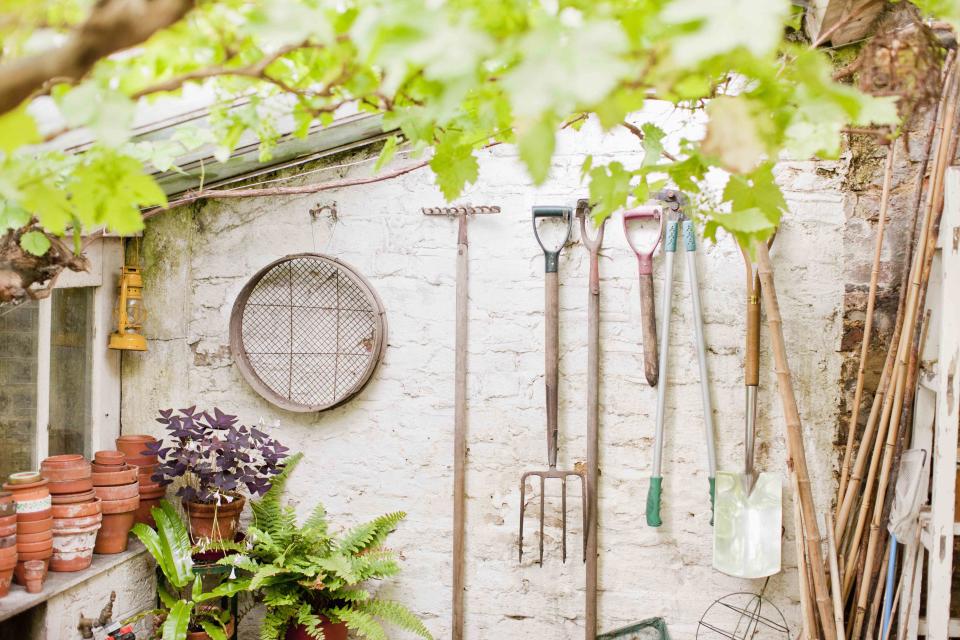
Tom Merton / Getty Images
It’s time to prepare for a new season of gardening by stocking up on the right tools for every job. Whether you’re a seasoned gardener or a newbie this season, here’s a full garden tools list to help you make your garden oasis thrive.
Garden Hose
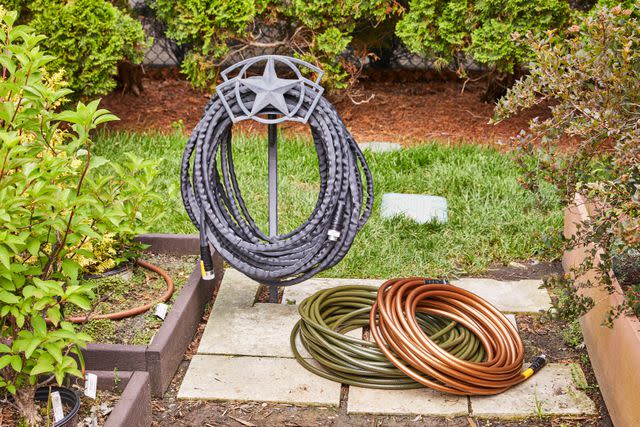
Dera Burreson / The Spruce
Water is an essential part of garden upkeep, so you’ll want a hose you can depend on. Make sure your hose is long enough to reach the far corners of your yard and invest in an adjustable nozzle to control the water pressure.
Lower pressure is best for delicate plants like flowers and herbs, while bushes and trees can take moderate water pressure. After use, store the hose coiled up to prevent kinks.
Leaf Blower
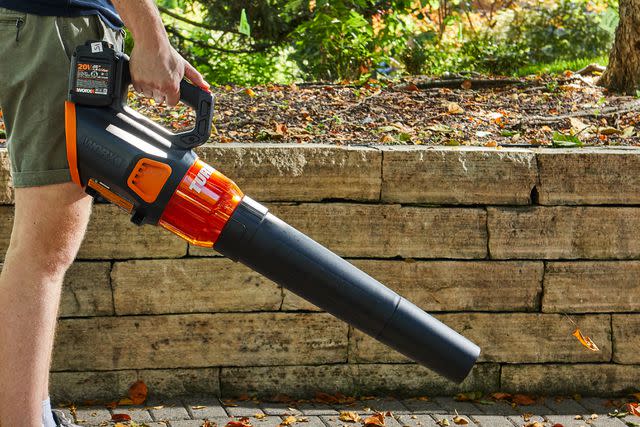
The Spruce / Rachel Marek
You may think a leaf blower is only for leaf removal, but this tool can also be handy for removing grass clippings near your garden.
Take care to avoid facing the blower toward your flowers or vegetables as the force of the blower may damage your plants.
Digging Fork
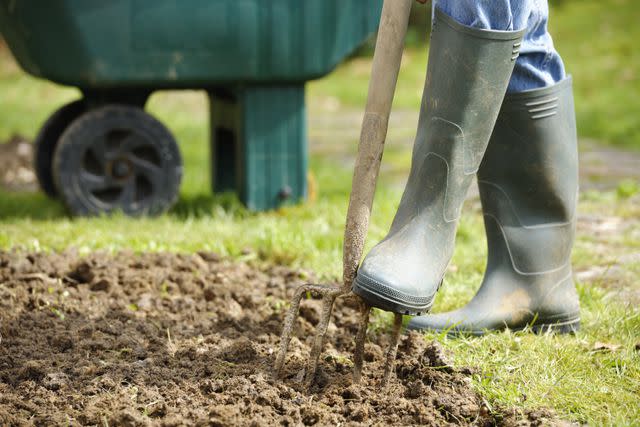
lostinbids / Getty Images
Digging forks are used to loosen, aerate, and mix up soil. They work a little better than spades for this task because the tines can easily push into the ground to loosen sediments.
You can buy digging forks with long handles or in a hand size, depending on how much soil you have to work with.
Rabbiting Spade

mikroman6 / Getty Images
Don’t confuse this tool with a shovel because it’s more specialized than that. Rabbiting spades have a flat, narrow, rectangular blade and a long handle.
This tool originally was meant for digging out rabbit burrows but now works well to dig narrow, accurate holes in tight spaces.
Wheelbarrow/Garden Cart
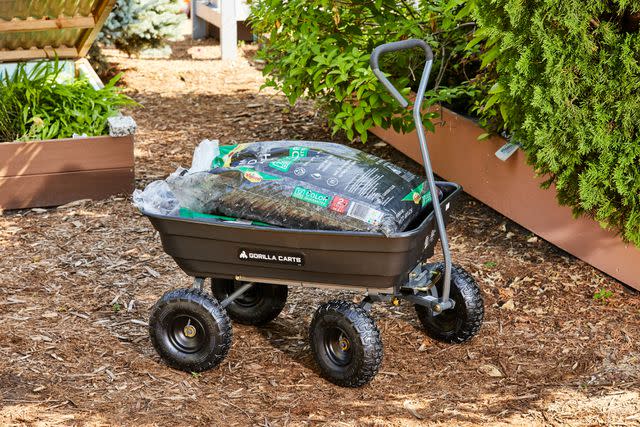
The Spruce / Henry Wortock
This handy tool does a lot of the heavy lifting for you—literally. Use a wheelbarrow or a garden cart to easily transport soil or other gardening tools and supplies across your yard.
Garden Rake
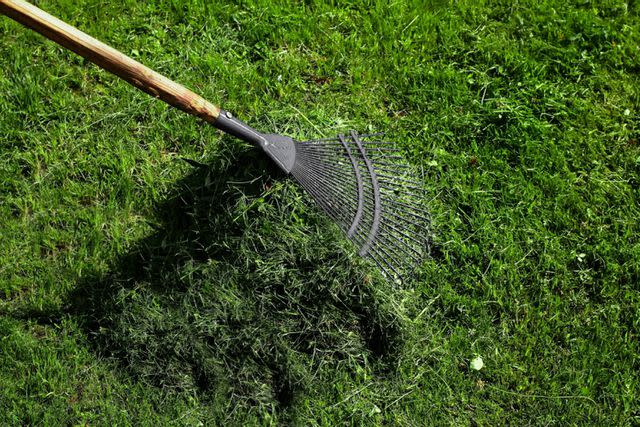
The Spruce / K. Dave
While you can use a leaf rake in your garden, it won’t be as effective as a true garden rake. The garden rake's tines are smaller and can be used to dig into the ground to loosen soil, remove rocks, or do some light dethatching. You can also flip the rake over and use the smooth side to level out soil or gravel.
Trowel
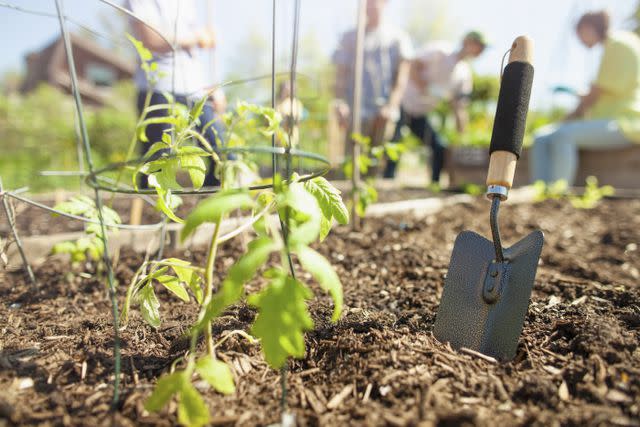
FangXiaNuo / Getty Images
Garden trowels are essential for any gardener digging into the soil to plant seedlings or pull up weeds.
Choose trowels that fit comfortably in your hand and pick a few different varieties for different uses. A broad blade works best to move soil and long, narrow blades are best for rocky soil or digging up weeds.
Shovel
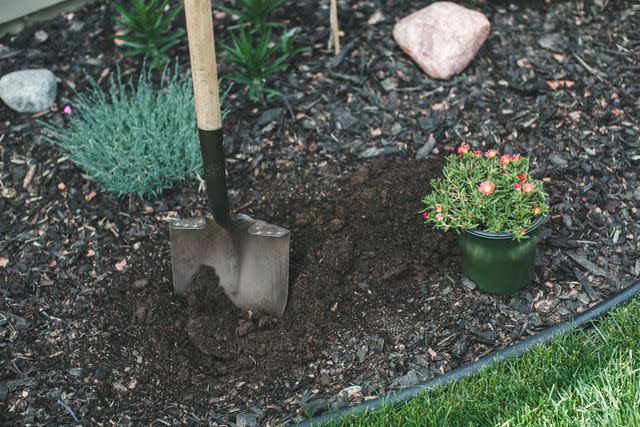
Annie Otzen / Getty Images
A good shovel goes far in gardening and landscape work. There are different varieties you can choose from, but a round-point shovel works well for most projects. Use your shovel to dig holes for planting trees, shrubs, or flowers.
Bypass Pruners
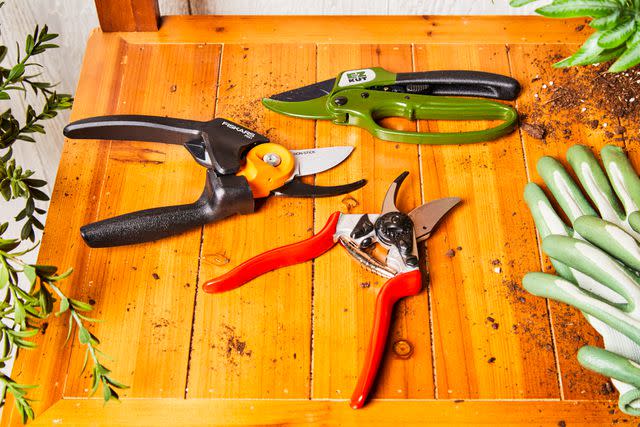
The Spruce / Eric Brockob
Bypass pruners are the perfect tool for regular garden pruning. Use them to make sharp, accurate cuts on plants like rose bushes, herbs, or flowers.
The sharp blades make a clean cut that doesn’t harm your plants and helps them grow back healthy and strong.
Anvil Pruners
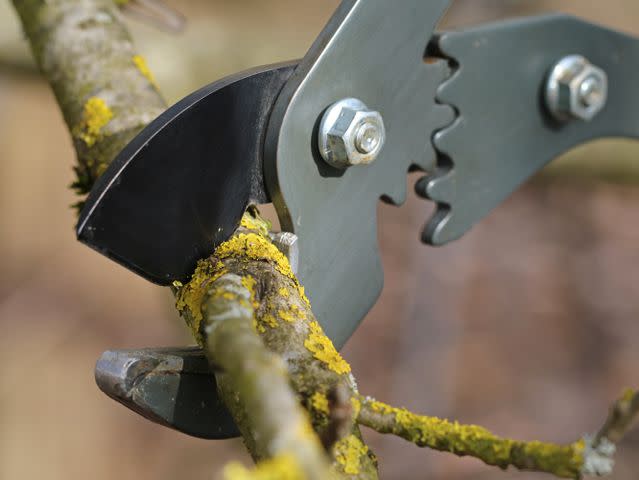
Andreas Häuslbetz / Getty Images
Unlike bypass pruners that make sharp cuts, anvil pruners mimic more of a crushing sensation on the items they cut. They are the perfect option for cutting dead branches or other tough surfaces where extra force is needed.
Watering Can

The Spruce / Rachel Marek
Watering cans are one of the most frequently used garden tools to keep your plants hydrated, so choose one that you can easily grip and carry when it’s full of water (a gallon of water weighs about 8 pounds).
Metal cans last longer, but require a bit more maintenance to keep them from rusting. For outdoor use, pick a can with a sprinkler head instead of a long neck.
Hoe
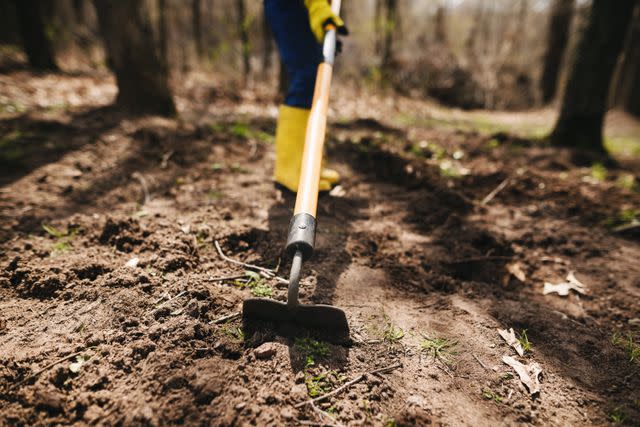
A standard garden hoe has a square blade that’s perfect for chopping down weeds and loosening soil. Depending on your garden, you may choose a more delicate hoe to work with your flower beds or a sturdy, wide hoe to work in a vegetable garden.
Loppers
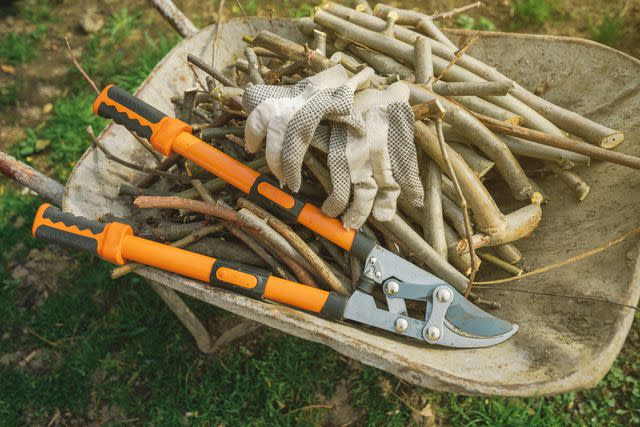
stevanovicigor / Getty Images
Similar to pruners, loppers are used for trimming shrubs, trees, and other plants. Their extra-long handles make them perfect for trimming hard-to-reach areas and cutting thicker branches.
Hori Hori Knife
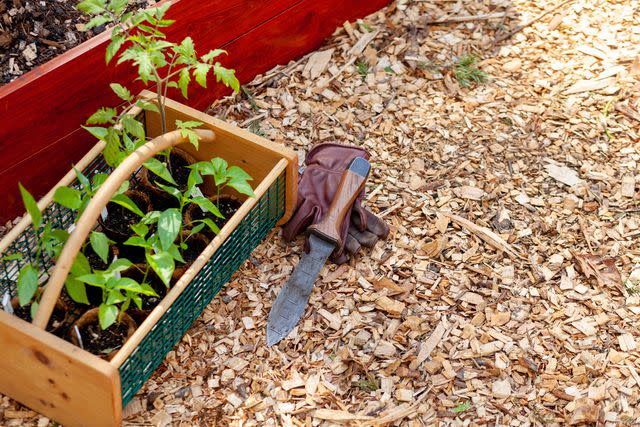
Ashley-Belle Burns / Getty Images
A hori hori knife is a tool with two sharp edges—one side with a serrated edge and the other a smooth, sharp edge that meets at a pointed tip on the end of the blade. Its unique design makes it a multi-use tool, such as cutting off dead branches with its serrated edge or using the point to dig into the dirt.
Soil Scoop
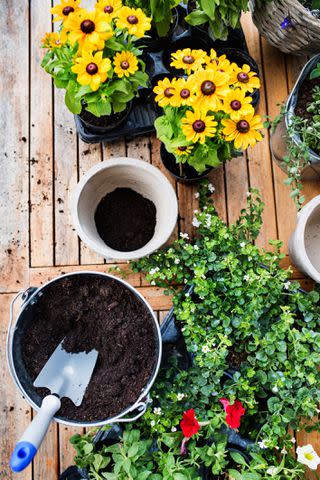
Halfpoint Images / Getty Images
A soil scoop does just what its name implies: it scoops soil. While simple, it can be handy for gardeners to move soil when repotting plants. Be sure to choose a scoop with an ergonomic handle so it’s comfortable to work with.
Cultivator
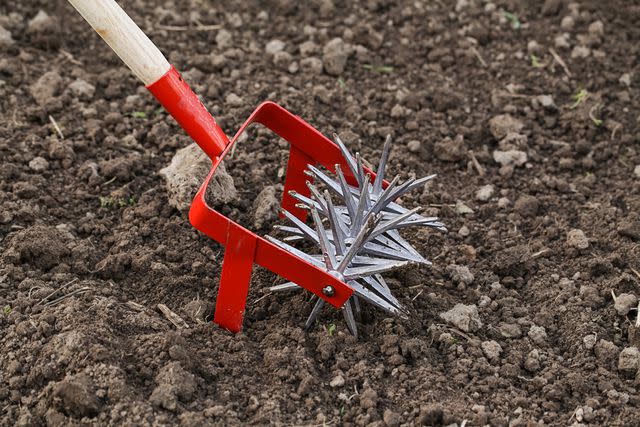
Liliya Filakhtova / Getty Images
For those with large gardens or yards, a cultivator makes mixing soil easy. Cultivators boost your garden by loosening up the soil to create a rich, abundant planting area. These tools stir and pulverize topsoil to mix in compost or fertilizer before planting.
Aerator
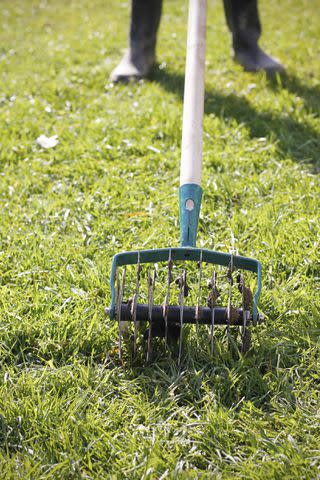
KatuSka / Getty Images
Aerators perforate soil with small holes to allow air, water, and nutrients to seep into the grass and plant roots. For smaller yards and gardens, a manual aerator will work perfectly.
If you have a large garden or yard, an aerator machine that rotates and penetrates the soil with a push handle is a better option.
Compost Bin
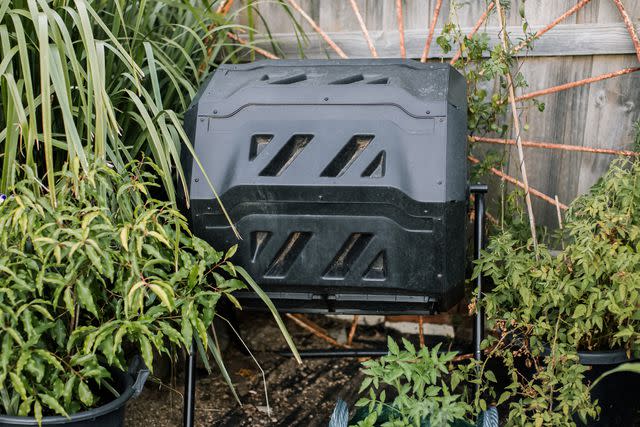
The Spruce / Kara Riley
In addition to reducing your carbon footprint, a compost bin can help you create healthier soil and improve plant growth in your garden.
Place compostable items in the bin, such as fruit and vegetable peels, eggshells, cardboard, and yard waste. Once items have fully decomposed in your bin, you can use the organic material as a fertilizer or mulch.
Read Next: Organic Gardening 101: How to Start Gardening Organically
Read the original article on The Spruce.

